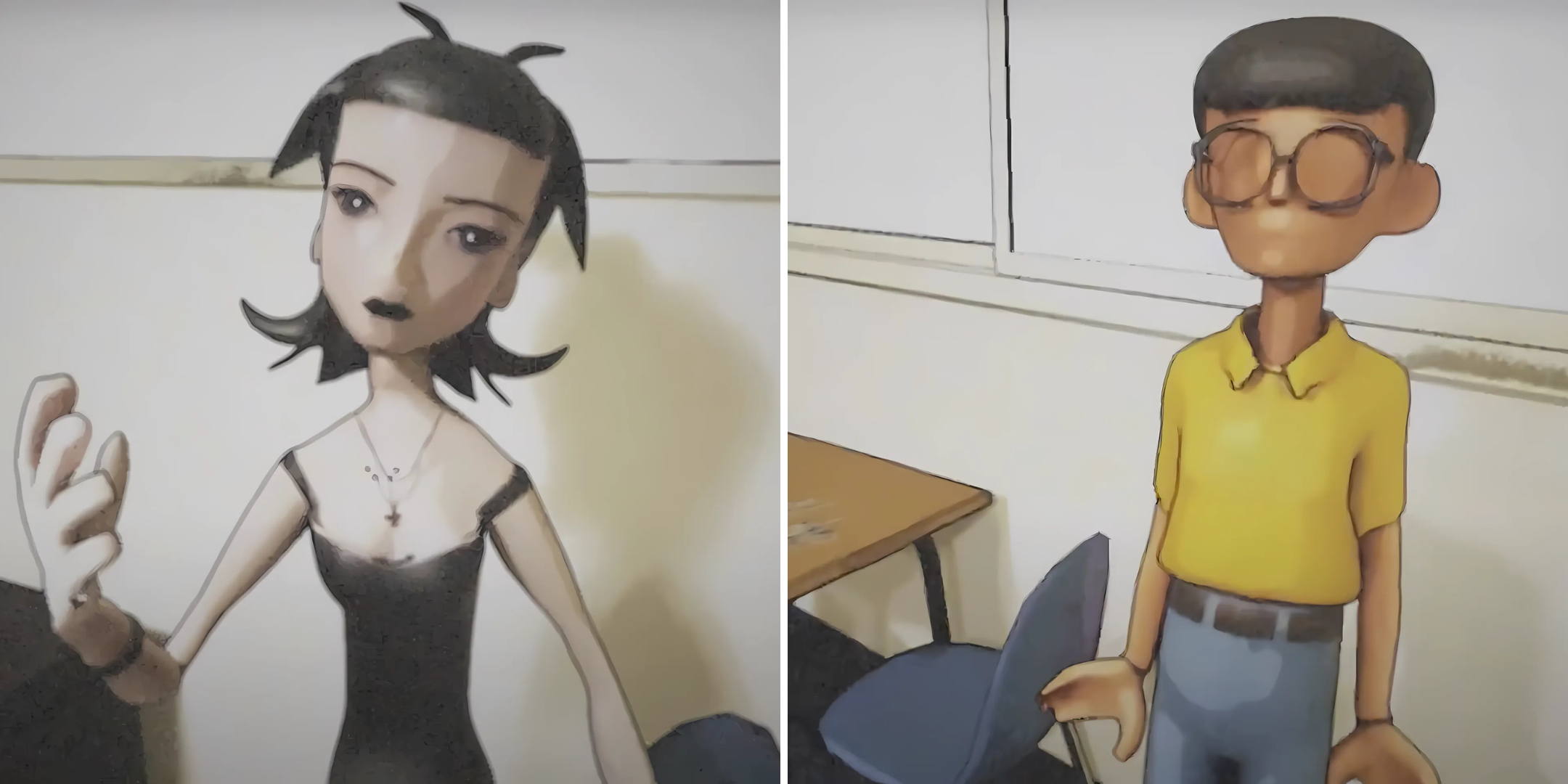A team of multidisciplinary students are using artificial intelligence to create innovative gaming experiences unlike anything seen before.
As part of the Master of Digital Media (MDM) program, the students partnered with Inworld AI, a Silicon Valley-based startup specializing in AI-driven game technology, to tackle a compelling challenge: how can AI be leveraged to create game characters that meaningfully contribute to gameplay through interactive narrative?
Their solution was A-HIGH, a short, narrative-driven game in which players take on the role of a high school student trying to disrupt social cliques by spreading rumors. At the core of the experience lies Inworld AI’s powerful dialogue engine, enabling players to influence the storyline through dynamic, character-driven interactions.
Breaking the Mold of NPC Interaction
Set in the dynamic world of a high school drama, A-HIGH invites players to navigate social cliques and spread rumors in an effort to disrupt the school’s rigid social structures. What distinguishes the game is its use of AI as a core storytelling mechanic. Four central characters, each brought to life by Inworld AI’s dialogue and personality systems, respond to player interactions with shifting trust levels and hidden secrets. The result is a gameplay experience where dialogue isn't static but a living thread that weaves through the player’s choices.

“We weren’t just building chatbots, we were trying to make characters feel alive, responsive, and integral to the story’s progression”, says Anni Chang, project manager for the team. “This deep integration of AI into narrative arcs is what pushes the boundaries of traditional game design. We wanted use AI to make the characters feel real and make the player feel like they’re influencing the story instead of clicking through scripted lines.”
The team also utilized various generative AI tools in their own workflow, leveraging it for logo creation during their pitch and to build a pipeline that could take 2D images into 3D models.
At the heart of this project’s success lies the rigorous and interdisciplinary training of the MDM. From Agile development to iterative design and real-time problem-solving, the students relied on the principles they honed during their academic journey.
“Jason Lee Elliott, our faculty and project advisor, really pushed us not just to do Agile, but to be Agile,” says Anni. “That meant it wasn’t just about Jira boards or stand-ups, it was about embracing uncertainty, making fast decisions, and learning through constant prototyping. These are skills that a successful project manager and collaborator needs in the workplace.”
Tools like Slack, Discord, and even a custom-built chatbot enabled the team to streamline communication and track progress. The project also emphasized the importance of visual storytelling, a lesson reinforced from initial client feedback. This inspired the team to elevate the visual polish of their work using AI-enhanced reference art and structured feedback loops, treating visuals with the same rigor as code and gameplay—which prepared them to showcase their project at the Game Developers Conference (GDC) this past Spring.

Game Developers Conference
For many on the team, GDC was more than just a professional milestone, it was a transformative experience. Exposure to the vibrant world of indie games and creators left a lasting impression.

“The Indie Game Festival Awards was a standout moment,” says Emil Lorenzo Ibanez, character designer, concept artist, and artistic director on this project. “Seeing games like Consume Me—intimate, quirky, and so personal—showed us how powerful storytelling in games can be, even without the massive budgets of AAA titles. Networking with peers and professionals at events like the Asian American Pacific Islanders in Gaming meetup broadened our perspectives and built bridges into the industry as well”.
For Harsh Patankar, who contributed to the narrative design, game design, and UX, one of the most impactful realizations was discovering the vast array of opportunities within the game industry beyond traditional development roles. “What really stood out to me was just how many companies and tools are involved in the ecosystem that don’t directly create games. From middleware and game engines to localization, analytics, and AI platforms, there's a whole infrastructure supporting game development. It really broadened my understanding of the industry and helped me see how my skills could contribute in unexpected and meaningful ways. It’s exciting to realize the scope of roles available and the diverse impact one can have.”
Real Clients, Real Challenges, Real Impact
The partnership with Inworld AI offered more than a chance to experiment with emerging technology. The team described Inworld AI as partners, not clients, since they encouraged creative freedom and collaborative problem-solving. This allowed the students to explore the full potential of AI in interactive narrative, with the support of professionals from Inworld AI who were just as curious and committed.
“This project sharpened my ability to navigate uncertainty and solve problems, shifting priorities, tight deadlines, and remote collaboration. It reinforced the importance of clear communication and adaptability and strengthened my aspiration as a project manager to lead teams through complex, fast-paced game development environments. It confirmed that this is the industry I want to be in, helping passionate people to achieve their creative ideas” says Anni.

Meet The Team
- Harsh Patankar
- Anni Chang
- Emil Lorenzo Ibanez
- Alex Biscoveanu
- Michael Marcussen Lukassen
- Junfeng (Claire) Wang
- David (Jiaming) Zhou
Faculty Supervisor
About Inworld AI
Inworld AI, headquartered in Mountain View, California, is a leading platform for creating lifelike, interactive AI characters. Using advanced generative AI, Inworld enables developers, creators, and studios to build virtual characters that can think, speak, and behave in dynamic and believable ways. These characters can be integrated into games, immersive experiences, and digital worlds to enhance storytelling, engagement, and realism. Inworld's technology combines natural language understanding, memory, emotions, and personality traits—pushing the boundaries of character development in digital media. Inworld partners with top global brands including Ubisoft, Xbox, NetEase, and Niantic.
Start Your Career Journey
See how the Master of Digital Media can help you land your dream career.
